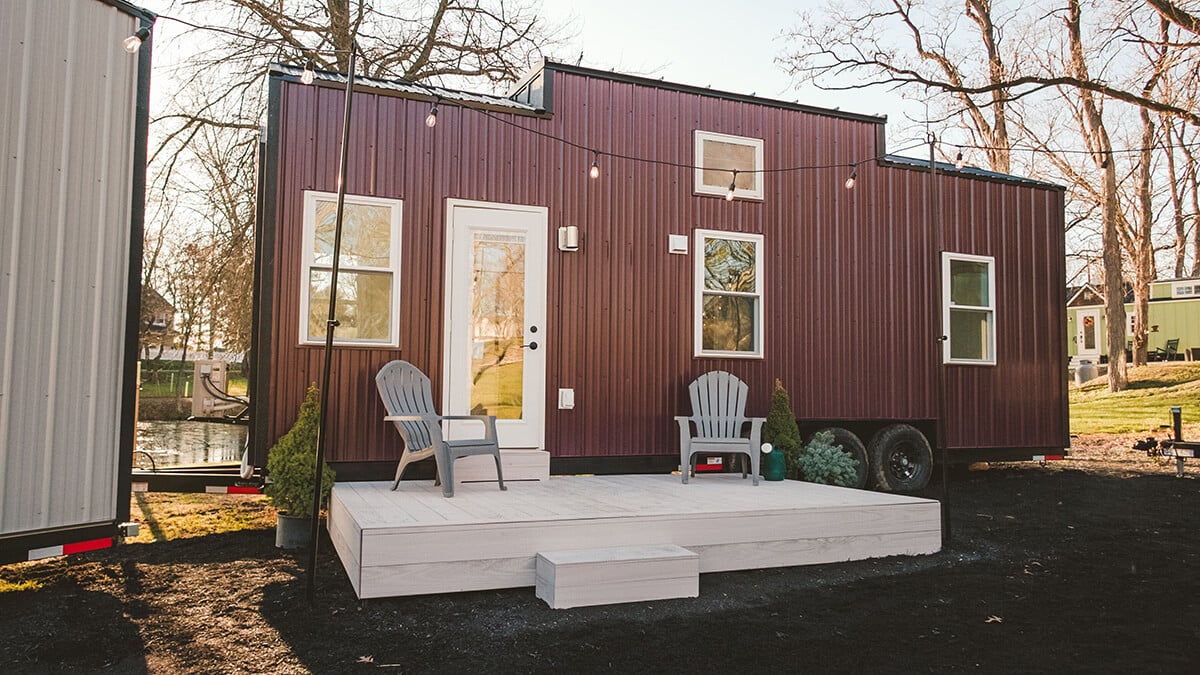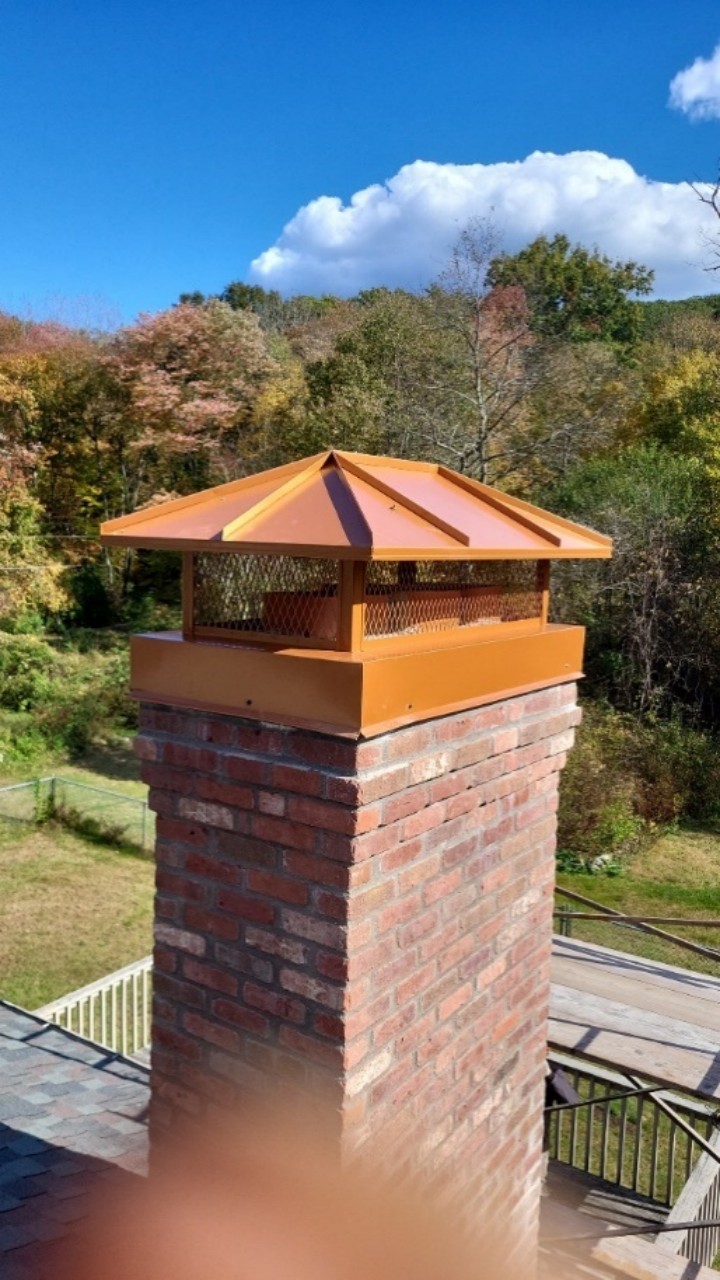Choosing the perfect location for your tiny home is a crucial step in the process of creating a comfortable and sustainable living space. While the appeal of tiny homes lies in their simplicity and mobility, selecting the right location for Tiny home requires careful consideration of various factors.
1. Zoning and Legalities:
Before settling on a location, research local zoning laws and regulations. Different areas have specific rules regarding the placement of Tiny home, and some may even require permits. Ensure that the chosen location complies with these regulations to avoid legal issues down the line.
2. Climate and Weather:
Consider the climate and weather patterns of the region where you plan to place your tiny home. Extreme temperatures, high humidity, or heavy precipitation can impact your comfort and the longevity of your home. Choose a location with a climate that aligns with your preferences and the materials used in your tiny home.
3. Access to Resources:
Ensure that your chosen location provides easy access to essential resources such as water, electricity, and waste disposal. Connecting to existing utilities can save you the hassle of setting up alternative systems and enhance the overall functionality of your tiny home.
4. Proximity to Services:
Evaluate the proximity of your chosen location to essential services like grocery stores, medical facilities, and public transportation. While one of the appeals of tiny living is simplicity, having necessary services nearby can enhance your quality of life and provide convenience.
5. Safety and Security:
Prioritize safety and security when selecting a location for your tiny home. Research the crime rates and general safety of the area. Consider factors such as flood zones, fire risks, and the overall stability of the terrain. A secure location will contribute to your peace of mind and the longevity of your tiny home.
6. Community and Social Considerations:
Think about the sense of community in the area. Some tiny home enthusiasts value a close-knit community, while others prefer more solitude. Consider your preferences regarding neighbors, social activities, and the overall vibe of the area when choosing the perfect location for your tiny home.
7. Budget Constraints:
Evaluate the cost of living in the chosen area, including land prices and property taxes. Keep in mind that some areas may be more expensive than others, and your budget will play a crucial role in determining the feasibility of a particular location. Contact our NYC General Contractor for more information.
8. Mobility and Flexibility:
If you plan on having a mobile tiny home, consider how easily you can move it to different locations. Ensure that your chosen area allows for the flexibility to relocate if needed and that the terrain is suitable for transporting your tiny home.




